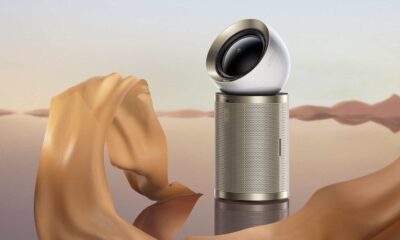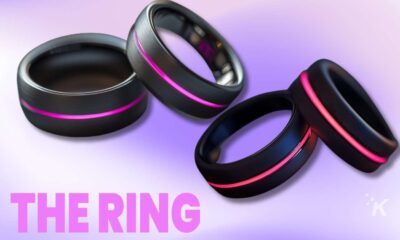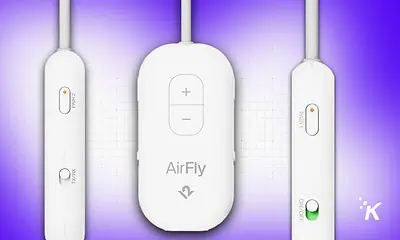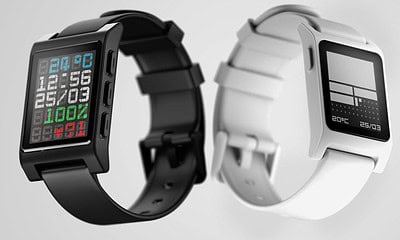Gadgets
Vive Flow: Everything we know about HTC’s new VR headset
Preorders are available now but expect more consumers to buy the Vive Flow once it’s officially released next month.

Just a heads up, if you buy something through our links, we may get a small share of the sale. It’s one of the ways we keep the lights on here. Click here for more.
The world of virtual reality (VR) is growing rapidly, as more companies are investing in research and development to bring this tech to its full potential. VR has made major headway in the gaming industry — which is no wonder since it provides a futuristic and immersive experience.
One company looking to unlock a new consumer market is HTC, which recently announced it will release a new lightweight VR headset called the Vive Flow.
Let’s explore the ins and outs of the new Vive Flow, specifications, and pricing, so you’ll know if it’s a gadget worth investing in.
What Is the Vive Flow?
The new VR tech is designed to create a personal cinematic experience in the form of a standalone headset.
READ MORE: HTC will unveil a phone designed for the Metaverse on June 28
HTC aims to target a new segment of customers — the Vive Flow is supposed to appeal to people who want a high-quality VR experience without the clunky, cumbersome size of a traditional headset. The Vive Flow design is supposed to mimic a pair of sleek sunglasses and weighs only 189 grams, which is lighter than most smartphones.
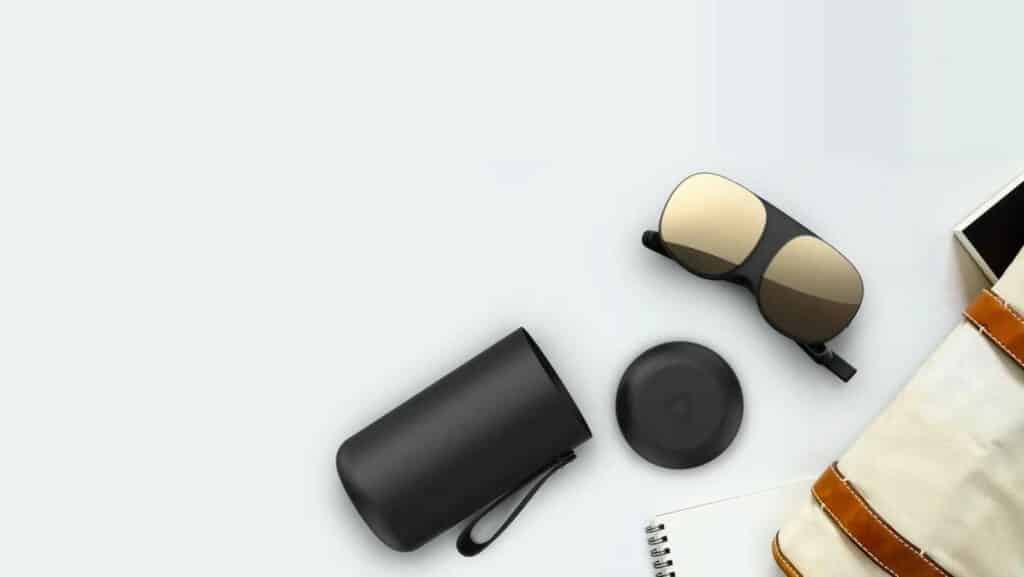
READ MORE: How to check if your PC meets the requirements for a VR headset
The Vive Flow is built for streaming digital content, light gaming and even achieving a sense of peace through mindfulness meditations. The headset’s specs probably won’t appeal to gamers — it seems like HTC has built the Vive Flow with the more casual, everyday user in mind.
The Vive Flow is yet to be released, but reports have been leaked about product specifications and pricing options. Here is some of the information we know about the Vive Flow, which could help you decide if it’s the right headset for you or someone you know.
1. Price Options
The $499 entertainment-focused headset is one of the more expensive options on the market, compared to the leading Oculus Quest 2, which comes in starting at $299. Those looking to purchase the Vive Flow can spend the $499 upfront or enroll in a PayPal monthly payment plan.
2. Device Compatibility
Rather than coming with dedicated controllers, the Vive Flow connects to your smartphone, which it uses as a pointer. This might not seem like a big deal — there are more than 20 billion connected devices in the world, after all, so most users will likely have at least one compatible device sitting around.
But it is an interesting choice considering the headset is targeted to older users, some of whom may not stay up-to-date with the latest technology or may have little experience pairing their phone.
Vive Flow is compatible with Android P and above, and HTC’s website includes a compatibility search engine. It currently cannot pair with iOS devices.
3. Initial Launch
Customers can preorder the Vive Flow in the U.S. and Europe, but it officially launches on Nov. 2. In addition, any customer that preorders the Vive Flow will receive a protective carrying case at no charge. This can come in handy for people that want to bring their VR experience on the go.
4. Specifications
HTC has released many of the product specs. Here are some of the more important ones to be aware of:
- Form factor: Ultra-lightweight, foldable, glasses-like
- Memory/storage: 4 GB of RAM and 64 GB ROM
- Weight: 189 grams
- Resolution: 3.2 k combined (2 x 2.1 inches LCD, 1,600 x 1,600 per eye)
- Field of view: Up to 100 degrees
- Refresh rate: 75 Hz
- Hygiene: Replaceable face gasket, temple pads
- Thermals: Active cooling for user comfort
- Audio: Stereo speakers with spatial audio support, dual mics with echo/noise cancellation and Bluetooth headphone compatibility
- Power: External power source is needed
- Hot swapping support: Hot-swap power sources, preserve running processes for five minutes with an uninterruptible power supply system
- Vision support: Adjustable diopter dials allow focus adjustment for each lens
- Controllers: Use connected phone as a controller
- Video pass-through: Supported for environmental awareness
- Tracking: 6 DoF tracking with two cameras
- Connectivity: USB-C, Wi-Fi, Bluetooth 5.0
The overall fit and comfort of the Vive Flow are likely its best selling points. Some have argued that it’s challenging to define a clear target market for this product. Still, it has plenty of use cases for various customers.
Vive Flow Releasing Next Month
HTC’s new Vive Flow VR headset will surely be worth looking into if you’re a beginner VR user. The sleek design and portability are major selling points and maybe enough to convince you to give it a try.
Preorders are available now but expect more consumers to buy the Vive Flow once it’s officially released next month.
Have any thoughts on this? Let us know down below in the comments or carry the discussion over to our Twitter or Facebook.
Editors’ Recommendations:
- You can soon shit your pants in VR with Resident Evil 4 for the Oculus Quest 2
- Apple’s AR/VR headset will probably require users to have an iPhone or Mac
- Zoom meetings got you down? Facebook thinks VR is the answer
- Sony is finally shedding some more light on its next-gen PlayStation VR headset























